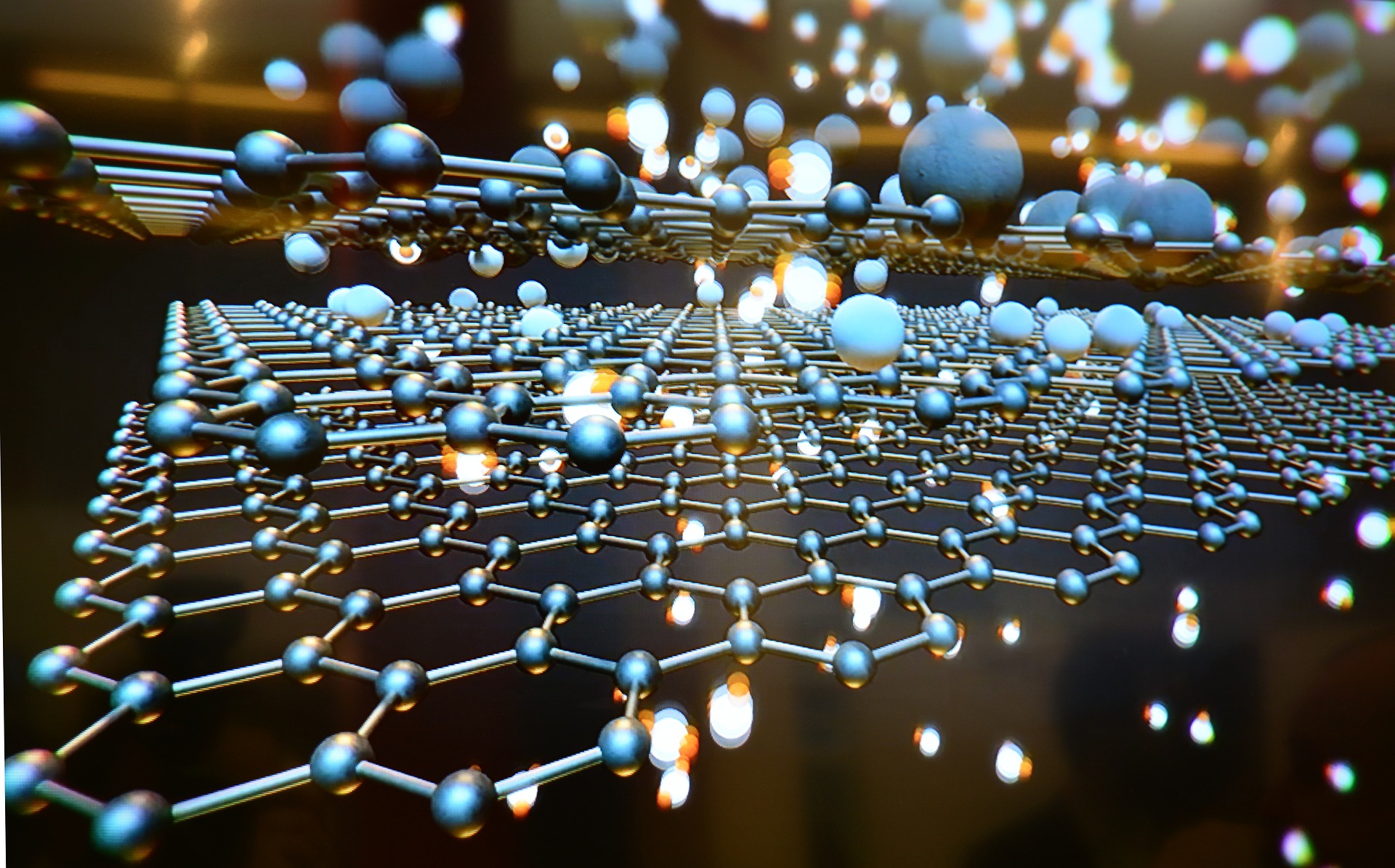The Incredible Potential of Graphene
By on Apr 30 2018

Graphene is a material of many wonders. It offers an array of useful and diverse properties and can be used in various ways depending on its build. The material powered the pencil business since 1656, but scientists paid more attention to it in recent years. In addition to its popularity in pencils, high-end flexible electronics rely on graphene to make the product better. Researchers extracted the material from graphite with adhesive tape and applied innovative nanotechnology to findings. This opened up a whole new world of applications and uses for the incredible graphene.
What is graphene?
Graphene is formed of a single layer of carbon atoms bonded together in a recurring pattern of hexagons. The material is so thin that scientists consider it a two-dimensional object and is one million times thinner than paper.
Physicist Andre Geim and Konstantin Novoselov of the University of Manchester successfully produced graphene in 2004. They discovered how diverse the material is in that despite being thin, it is strong and has impressive heat and conductive properties. In 2010, they won the Nobel Prize in Physics for their work.
Different forms of the material have different properties. As mentioned earlier, —graphene's atoms are in a hexagonal shape. The material is almost entirely transparent but very dense.
Why is graphene unique?
Similar to plastic, graphene has several different forms and scientists explain that it could one day be common to talk about different "graphenes."
The material's general properties are that it's extraordinarily thin and strong. Further, it's nearly transparent and very light. These properties are fairly simple and straightforward; however, curiosity entails when you begin to approach graphene's electronic properties.
Strange electronic properties explain how electrons interact with graphene. Electrons travel through graphene quickly and act as if they're massless and mimic the physics of extremely small particles.
Graphene conducts heat and electricity well because of how easily electrons can travel through the hexagonal structure. Since the electrons rarely meet resistance, they could revolutionize electronics cell phones by providing longer battery life.
Electronic properties presented by graphene are also encouraging. Since the electrons move quickly and have high mobility, they could change how computer chips work and make them function quicker and with less power. The other interesting graphene property is that the electrons travel through graphene similar to how photos, or light particles, move. This furthers the accessibility of studying graphene in an affordable and productive way.
Graphene's optical, heat, and permeability properties can be further explored here.
What does the future of graphene hold?
We can use graphene in a few different ways, depending on whichever property is being focused on. The material will be perhaps most useful in its electronic components and will foster sustainability in energy. It can also replace materials we are already familiar with like transistors and metal alloys. Such applications could result in quicker ballistic transistors and significantly lighter airplanes.
While there is still a vast amount of information to discover about graphene, the material is promising in every facet of science. Graphene will ideally become commonplace, affordable, and as dynamic as plastic.
Sources:
https://www.graphenea.com/pages/graphene-uses-app...






